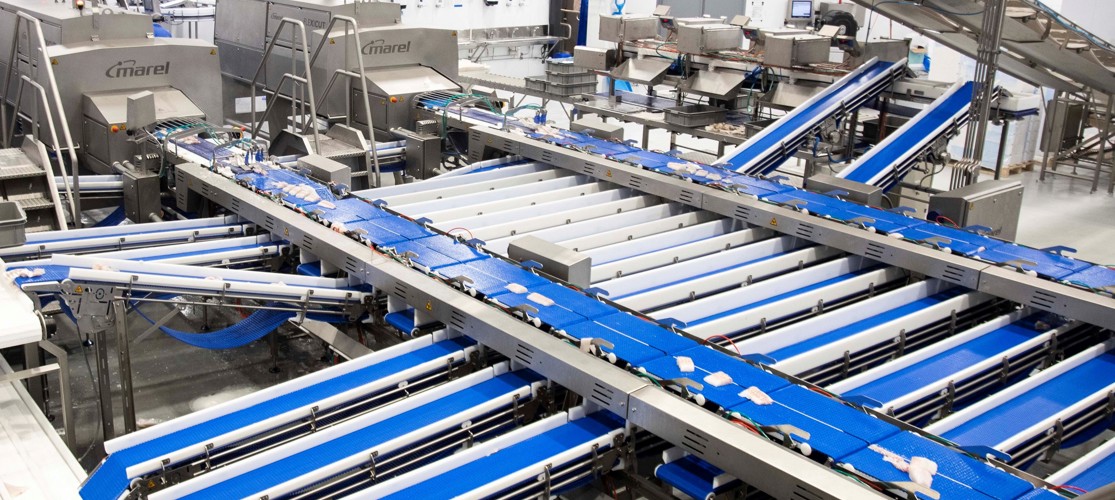The Primex fish processing facility in Myre, northern Norway, is a groundbreaking 5,700-m2 facility featuring a range of Marel’s highly automated equipment and software.
The factory is located close to the region’s abundant supply of quality cod and is equipped with advanced fish processing solutions that ensure the company can deliver a range of high-quality products and keep production as close to the end customer as possible.
“We wanted to build the top, modern whitefish factory, and the best place in the world to have the factory is Myre,” says Martin Rasmussen, a general manager at Primex.
New product opportunities
Built from the ground up, the facility was designed, built, equipped and running within two years. “It was a very tight schedule!” says Rasmussen.
The factory is yet to reach full capacity but has already opened new opportunities for Primex. “During the past year, since we started production, we have developed many new products,” says Rasmussen. “The new technology gives us more tools to deliver better products to the end customer.”
“In my opinion, this is the most advanced fish processing plant in the world,” he says.
Other factories around the same size have varying levels of automation. But even among factories with similar equipment and comparable numbers of operators, Primex Norway stands out. “We are taking the packaging and distribution after the FleXisort to a different level compared to many others because we have very sophisticated programs,” Rasmussen explains. “This is the perfect tool to really utilize the whole fillet.”
Fillet utilization
“End customers want uniform products with a fixed weight,” says Rasmussen. “So the FleXicut and FleXisort are extremely good tools, giving us the flexibility to really utilize the fillets in different products with different weights and different sizes.”
Maximizing fillet utilization has a big impact on profits. “Instead of just taking it up the line and not knowing what to do with the rest, it's a totally new world compared to manually trimming lines,” he says.
The fleXicut system
The FleXicut water-jet cutter with high-precision bone detection automatically removes pinbones and portions it with high accuracy to customer specifications. It produces uniform, precision-cut products that are then distributed into different product streams specified by its software intelligence, using the FleXisort product distribution system.
On top of the benefits of increased automation, the intelligence of the FleXicut system means that processors can better control the flow to avoid any buffer problems by ensuring that production never exceeds the capacity of other processes.
Innova Food Processing Software brings all the vital data directly to managers in real time, so managers at Primex can manage and optimize the whole production process to control the distribution of raw material coming in, and control production based on product orders.
Automated packing
Primex Norway is the first seafood operator in the world to use Marel’s packing robot in its production.
Fully automatic, high-speed robot packing makes it easier and more efficient for Primex to fill orders, with processing automatically adjusted based on which product weights and sizes the best match the order requirements.
The robot is a valuable tool, especially because they do a lot of chain packing at Primex. “We can control and monitor the giveaway much better,” Rasmussen explains. “We can also utilize the fish in a different way because it makes more uniform packing possible, compared to manually.”
The FleXicut and RoboBatcher have set new industry standards, but their real value comes from how they combine into integrated solutions. As Rasmussen explains, “We chose Marel because they could support us with the best total solution.”

